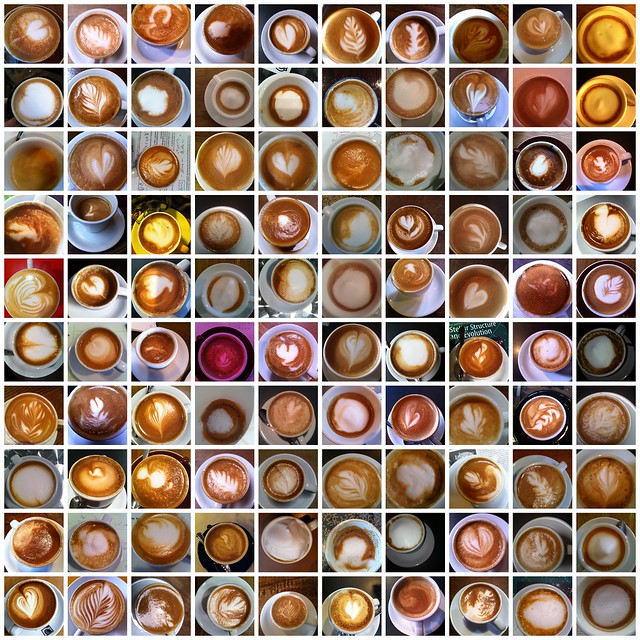* * *
Fermi Bubbles: Giant, Multibillion-Year-Old Reservoirs of Galactic Center Cosmic Rays. Roland M. Crocker , and Felix Aharonian. DOI: 10.1103/PhysRevLett.106.101102
There are two general lines of thought as to the source of the bubbles. In one scenario the black hole at the center of our milky way is somehow responsible for the gamma ray lobes. The black hole paradigm can further be broken down into two sub-categories: tidal disruption of a star and active galactic nuclei.
- The tidal disruption of a star occurs when the super massive black hole at the center of our Milky Way, Sagatarius A*, disrupts, or basically eats a wandering star. The tidal disruption of stars by black holes is viable and certainly does occur (see work by Guillochon et al. 2009) with the release of energy, hot plasma, wind, and shocks which could heat up the halo and produces thermal x-rays (see ongoing work by Cheng et al. 2011, unpublished). However, this explanation for the Fermi bubbles is slightly ad hoc and it would have to occur on a periodic basis to account for the bubbles.
- Saggatarius A* is dormant now, but if a star cluster or gas cloud fell/accreted into it in the past it may have undergone an active galactic nuclei like phase which could emit sufficient radiation and cosmic rays to explain the bubbles. This active galactic nuclei scenario would also have to occur periodically (10 million years or so) to explain the presence of the bubble.
 Based on IRAS satellite data the galactic center star formation rate is ~0.08 solar masses per year in turn implying a rate of ~0.04 supernovae per century. These supernovae inject power at a rate of 1039 ergs per second into cosmic rays. These cosmic rays are removed the from the immediate vicinity of the galactic center and transported into the bubble regions by a super wind generated by the ongoing star formation and supernovae themselves. A wind such as this is observed commonly in many other star forming galaxies such as NGC 3079. The wind speed is ~1200 kilometers per second and has sufficient velocity to escape locally, but it has been shown that the wind should stall at a height less than ~15 kiloparsecs above the plane and this would explain the exact height of the bubbles.
Based on IRAS satellite data the galactic center star formation rate is ~0.08 solar masses per year in turn implying a rate of ~0.04 supernovae per century. These supernovae inject power at a rate of 1039 ergs per second into cosmic rays. These cosmic rays are removed the from the immediate vicinity of the galactic center and transported into the bubble regions by a super wind generated by the ongoing star formation and supernovae themselves. A wind such as this is observed commonly in many other star forming galaxies such as NGC 3079. The wind speed is ~1200 kilometers per second and has sufficient velocity to escape locally, but it has been shown that the wind should stall at a height less than ~15 kiloparsecs above the plane and this would explain the exact height of the bubbles.That continuous star formation (and subsequent supernovae) could be responsible for the Fermi bubbles is an Occam's razor kind of solution. It reproduces a number of observations seen in the bubbles and predicts some further properties. For example the electrons and positrons which are created along with the gamma ray emission will synchrotron radiate because of ambient magnetic fields with a luminosity of ~1026 ergs per second which is exactly what is seen in the 20-60 Ghz band by the WMAP satellite (the so called WMAP haze). This kind of after the fact observation is not so impressive, but the authors make various predictions which will be testable in future observations.
***
A large aside on the mess of publishing, press releases, and open access. When NASA made the press release on the Fermi bubbles and I first blogged about them I stated that I didn't have anything to go on besides the press release because no paper was available. How wrong was I! The first paper was published in The Astrophyical Journal, titled Giant Gamma-ray Bubbles from Fermi-LAT: AGN Activity or Bipolar Galactic Wind?, in November of 2010 (at the same time as the press release), but it was posted on the arxiv on the 29th of may 2010. This paper I mentioned here today was published the 16th of August 2010 on the arxiv and then published just a few days ago in March in physical review letters. It is astounding how long the peer review process took for each of these papers, but it is deplorable that NASA doesn't make readily available links to the actual paper. I could have told you about the Fermi bubbles and given a natural explanation for them about a year ago if I had been on top of this.Crocker, R., & Aharonian, F. (2011). Fermi Bubbles: Giant, Multibillion-Year-Old Reservoirs of Galactic Center Cosmic Rays Physical Review Letters, 106 (10) DOI: 10.1103/PhysRevLett.106.101102





















